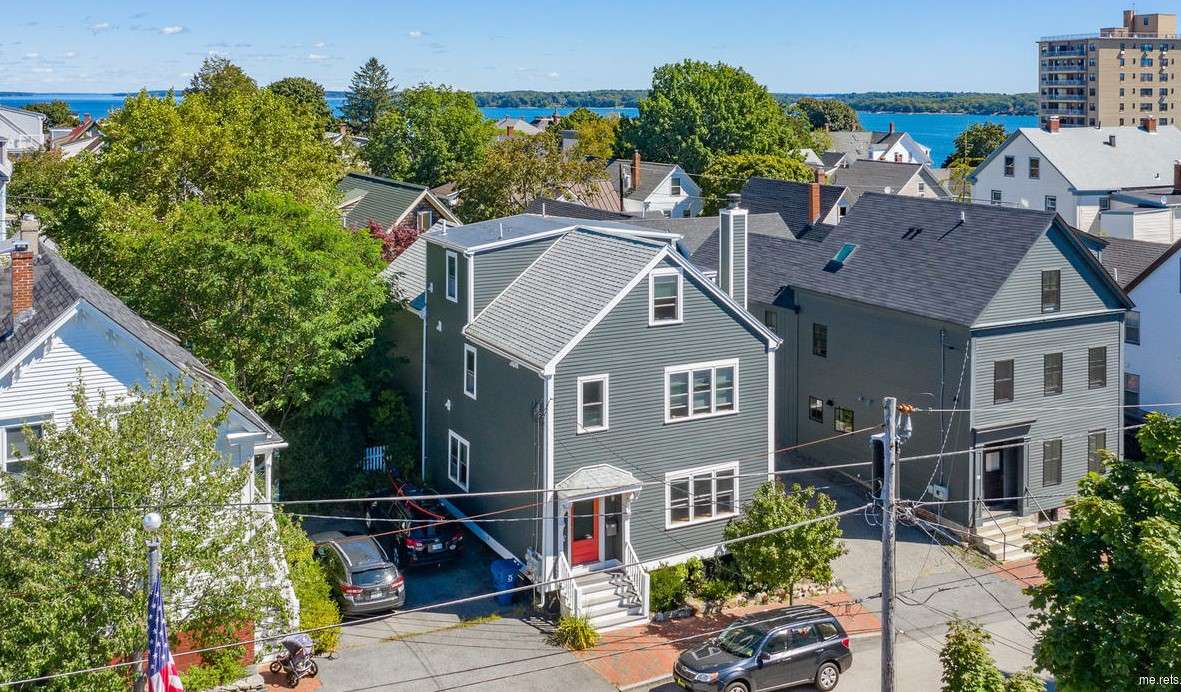
Portland rent control hasn't deterred multifamily buyers
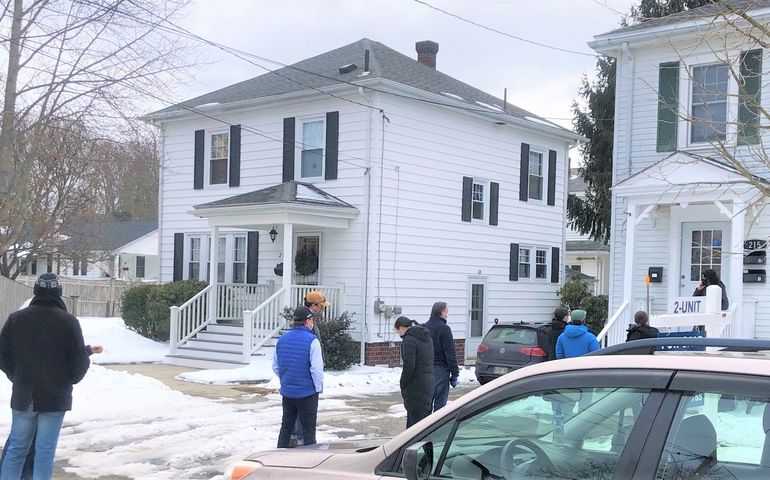 File photo / Tom Landry
Potential buyers line up outside a two-unit Portland building for sale.
File photo / Tom Landry
Potential buyers line up outside a two-unit Portland building for sale.
At an open house for a two-family building in Portland recently, 40 potential buyers lined up outside on the snowy street to take a look. That's not a common sight in January, for any kind of real estate, but is becoming the norm in the city.
"This is common for multis," said Tom Landry, of Benchmark Real Estate. He said it's particularly true of smaller buildings, four units or less, that are in good condition, and even more particularly since Portland's rent control ordinance went into effect Jan. 1. Owner-occupied buildings with four units or less are exempt.
"We're getting five, 10, 20 offers as demand outpaces supply 20-to-1 by my estimates and based on conversations with other agents," Landry said Wednesday. No surprise there — in January there were seven multiunit residential buildings listed, as opposed to 14 in January 2020.
The trend continues one that started last year, as both in-state and out-of-state buyers started to scoop up the city's apartment buildings at record rates. The trend hasn't been slowed by rent control, though it's early enough that the full effects are down the road — the city's rent control law was passed by voters Nov. 3.
But, early indications are the ordinance has turned the focus onto smaller properties, Landry said.
Even multiunit buildings that aren't in good condition are finding buyers. Ken Madore, for example, had been looking to buy a multifamily in Portland for the past several months that he could renovate as an investment for when he and his wife, Rita, retire. But he was having little luck, frustrated by prices and lack of inventory.
He finally found a building he liked — a fire-damaged three-unit on Lincoln Street near Woodfords Corners that was listed at $351,000 because it needed work. The closing is Friday.
When he was looking for a property, with help from Benchmark, Madore didn't tie himself down with specifics "must haves."
"I was looking with a broader lens," he said. He said he likes taking a property that needs some TLC and seeing what he can do with it. "Bringing it back up to speed, modernizing it, being a little creative, that's appealing to me."
But the high prices "were a little frustrating."

Rent control concern, not deterrent
The highest January multi-family sale in the city was $1.2 million, a 3,300-square-foot three-unit with a large owner's apartment and two smaller units at 33 Atlantic St., on Munjoy Hill. The lowest sold for $200,000 for a 1,413-square-foot two-unit building at 36 Coolidge Ave., in North Deering.
Just like there's no typical multi-family building in Portland, there's no typical multifamily buyer.
Buyers like Madore, "mom and pop" property investors, are competing with out-of-staters who have always had an interest in the Portland market but have ramped it up in the past year.
Landry said that the market for larger properties, those with a lot of units, may have been affected by rent control, but his firm did sell five-unit and seven-unit buildings in Portland in January for record prices. Another five-unit got 13 offers.
Under the ordinance, rent charged for eligible units on Jan. 1 had to be equal to what was charged last June. A landlord can only increase a unit’s rent once every 12 months, and increases can't be more than 10%. Allowable increases include one equal to the change in the Consumer Price Index, tax rate adjustments, a 5% new tenant increase and others that require approval of the rent board.
Madore said while rent control concerned him, it didn't deter him. "In the rental market, if you're going to be deterred by every little thing, you're not going to get anything done," he said.
The fact that he's a new owner, too, means that he's not locked into the base June 2020 rent that landlords who owned their property then are.
If sales and volume are any indication, Madore isn't the only one not deterred by rent control. Multi-family housing sales in Portland were double in January what they were in January 2020, with fewer days on the market, and a 55.6% increase in volume, from from $3.72 million to $5.8 million, according to statistics complied by Benchmark, which does a monthly assessment of Portland's residential market.
And while the market is tight, 10 multi-family buildings sold in Portland in January, up from five the year before. They spent an average six days on the market, compared to nine in 2020.
The only decline, aside from listings, was median price, which dropped to $551,5000 from $680,000.
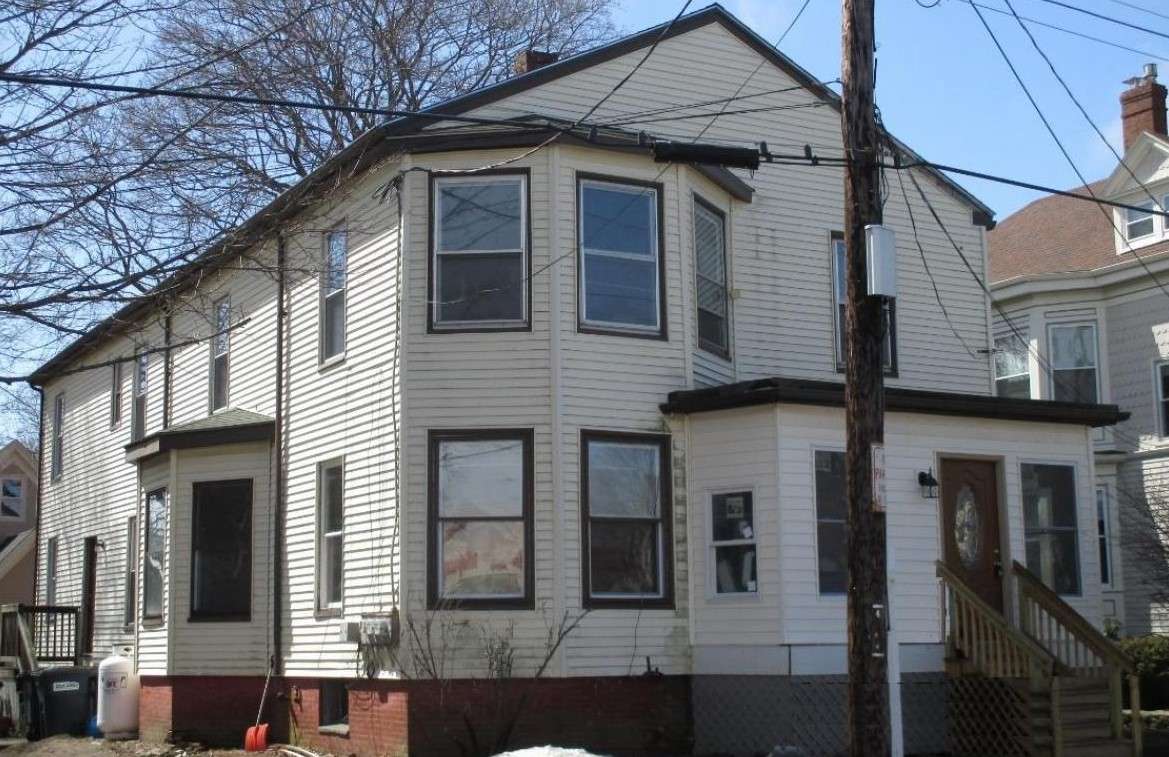
'Each opportunity has its own challenges'
Madore paid the listing price, $350,000, for the three-apartment house at 28 Lincoln St., without a lot of competition because it needed work. "A lot of work," he said. "But each opportunity has its own challenges."
The 2,900-square-foot two-story building, which dates back to 1898, has fire damage in the rear, but Madore's hoping he can have it ready for occupants by fall.
The low price and fact it has no tenants was part of the appeal. The neighborhood, Woodfords Corners, also was attractive, he said.
Madore, who does a lot of the renovation work himself, is in his mid-50s and was looking for a way he and his wife, Rita, can have income as they retire. After renovating and reselling a couple Portland single-family houses, the retirement nest egg is what made him decide to dip his foot into the multifamily market.
The high prices and lack of inventory, driven by the flood of out-of-state buyers, was frustrating.
"To us Mainers the prices may seem expensive, but someone from Boston may look at it and say 'Wow, what a great price,'" he said. "It's great for the market, great for the area," but not so much for small local investors.
No January slowdown
Lack of listings for both multiunit and single-family homes in the city, and paired with the increased interest in the city, it's ideal market for sellers, but a very frustrating one for buyers of any type of residential property, Landry said.
“The typical January slowdown didn’t happen this year," he said. "Buyer activity remained very high with continued interest from both in and out-of-state,.
Landry’s team works with buyers looking at all prices ranges and, Kaitlin Roderigue, a Benchmark buyer broker said, Portland doesn’t have enough inventory for buyers, no matter what their budget.
Statewide the median sales price for a home is $255,000, and in Cumberland County it's $373,250, according to the Maine Association of Realtors' latest figures.
Anyone looking for a house less than $300,000 is unlikely to find it in the city, Roderigue said.
“While I’ve been able to find homes for most of my clients, many had a handful of rejected offers before we finally won out.” She said that many also have expanded their search to towns up to 20 miles or more from the city center.
Landry said that even many of those with budgets well over a million dollars still can't find what they're looking for.
“Sellers usually wait until the spring to list,” he said. “They wait for the flowers or a fresh coat of exterior paint. But the reality is, buyers right now see past all of that. It’s a great time to list.”
Sellers, though, are also hampered by the tight market, said Aaron Bolster, president of the MAR. “Buyers are facing far fewer available home choices and sellers are reluctant to list their properties without their next move-in property in place,” Bolster said. “Buyer demand is strong, and a continuing positive trajectory for 2021 is dependent on homes for sale coming onto the market.”
Madore said he continues to look for other multifamily properties and he sees the greater Portland market as a place with a lot of opportunity for another good buy. But that doesn't necessarily mean within the city limits.
"Greater Portland has expanded," he said. "It's not just Scarborough, or Westbrook. The circle around Portland is getting bigger."
Mainebiz web partners
I am not concerned that the multi-family article focused solely on the buy/sell and undersupply dynamic, but that the implication that the Rent Control measure has not affected the multi-family market which is misleading. Maybe buyers, especially owner occupiers in 2-4 unit buildings, are not concerned, but that's not the whole story on Rent Control by a long shot. There are many long-time owners who for various reasons have not been charging "market rent", whose rents are well below market, and who because of rent control, will now not be able to get market rent any time soon, perhaps not for 5 years. That's when the regulation can be tweaked or repealed, and that's a long time.
If a buyer had the option of buying a 4 unit that rented at $4000 per month versus an identical property that rented at market rent of say $5,000 per month, both under the same rent control conditions, which would they buy? Could each property command the same price? Wouldn't one seller be harmed by the rent control measure? Shouldn't assessments, which must be equitable, be reduced on the property that is now forced to keep their rents below market rent?
The article states that the landlord can only increase the rent by 10%. Wow, that sounds pretty good! But that's after a renovation, and it might not be adequate to amortize the cost. And while the newly formed board could approve a larger increase in certain circumstances, its on a case by case basis, after the renovation and entirely at the board's discretion. More compelling is that the annual increase would likely be closer to 1.1% if per New England (Boston) CPI.
So my point is that suggesting that there has not been nor will there be significant adverse impacts from rent control is premature at best. Just ask a retirement age small property owner who will rely upon their property income for part of their retirement. These are unintended consequences of a poorly crafted social/economic engineering ordinance.





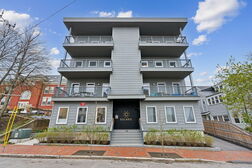
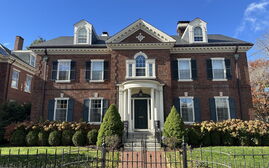

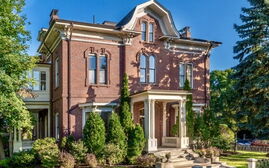




1 Comments